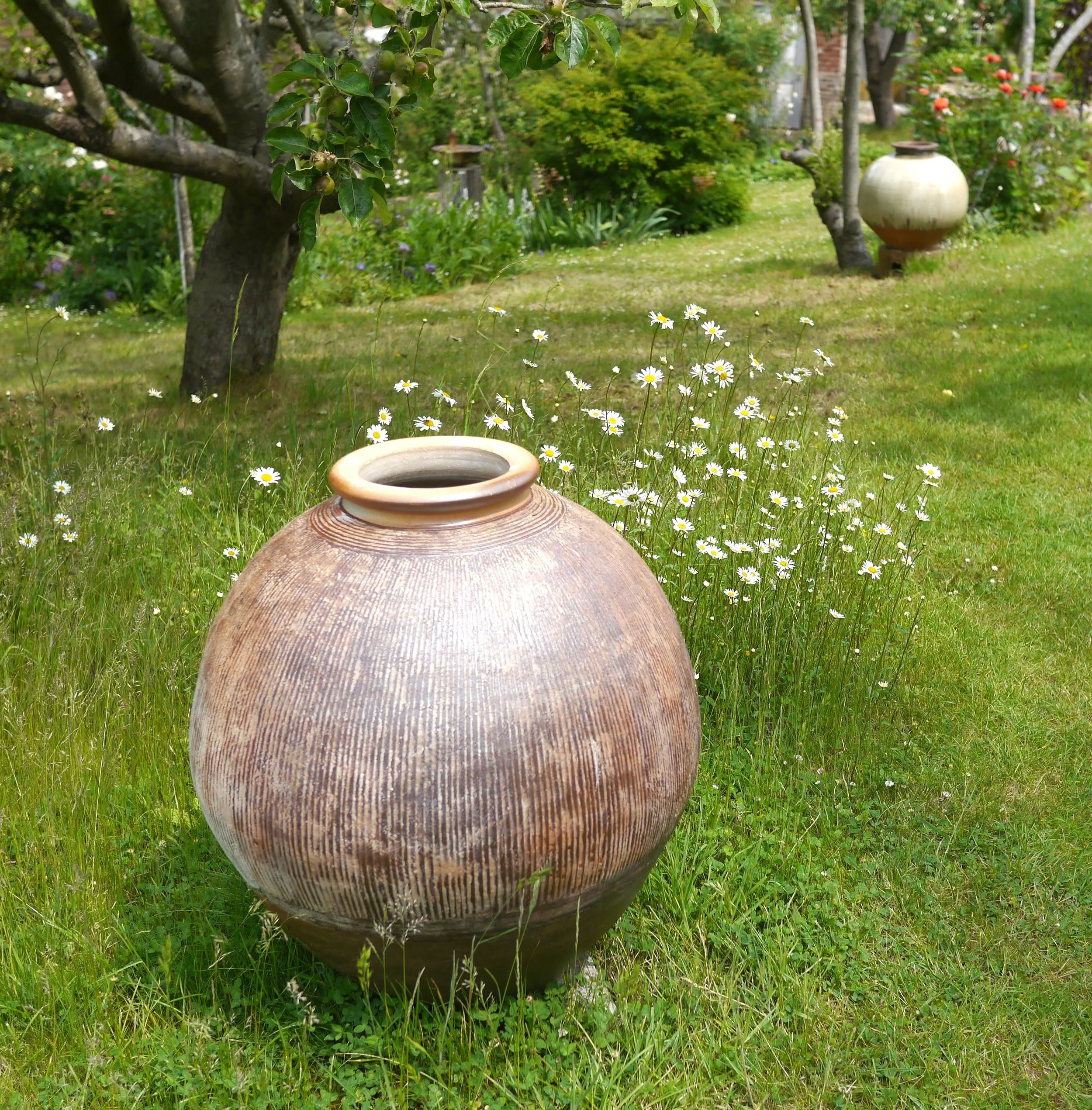Lui Shou-kwan
Lui Shou-kwan (1919-1975) was one of the most significant artists in Hong Kong during the second half of the 20th century, prominent and recognized for his uniquely experimental approach to ink painting. Lui was largely credited with expanding the tradition of ink painting from within to incorporate bold, gestural and abstract mark-making, connecting traditional practice with a more international, contemporary aesthetic.
Lui Shou-kwan inherited his father’s interest in painting, studying works of past masters such as Bada Shanren (1626-1705, Ming Dynasty), Shitao (1642-1707, Qing Dynasty) and Huang Binhong (1865-1955), who he studied under for a short period.
After moving to Hong Kong in 1948 and working for the Yaumatei Ferry Company, Lui took great inspiration from the surrounding landscape of mountains and sea views – often brought together in combination with his more internal, abstract gestural works. It was through this development of artistic language that he arrived at his most notable and unique form of Zen painting – an amalgamation of allegory and abstracted imagery. The resulting works traverse a fine line between representation and bold, pure mark-making.
JOURNEY II
With three seals of the artist (呂, 壽琨, pictorial/animal)
Hanging Scroll
Ink and colours on paper
1962
46.2 x 45.8 cm
Inscription:
壬寅冬日呂壽琨寫62
Provenance:
The Artist’s studio, 1975
The Artist’s brother, by descent in the family
Private Collection, Hong Kong











